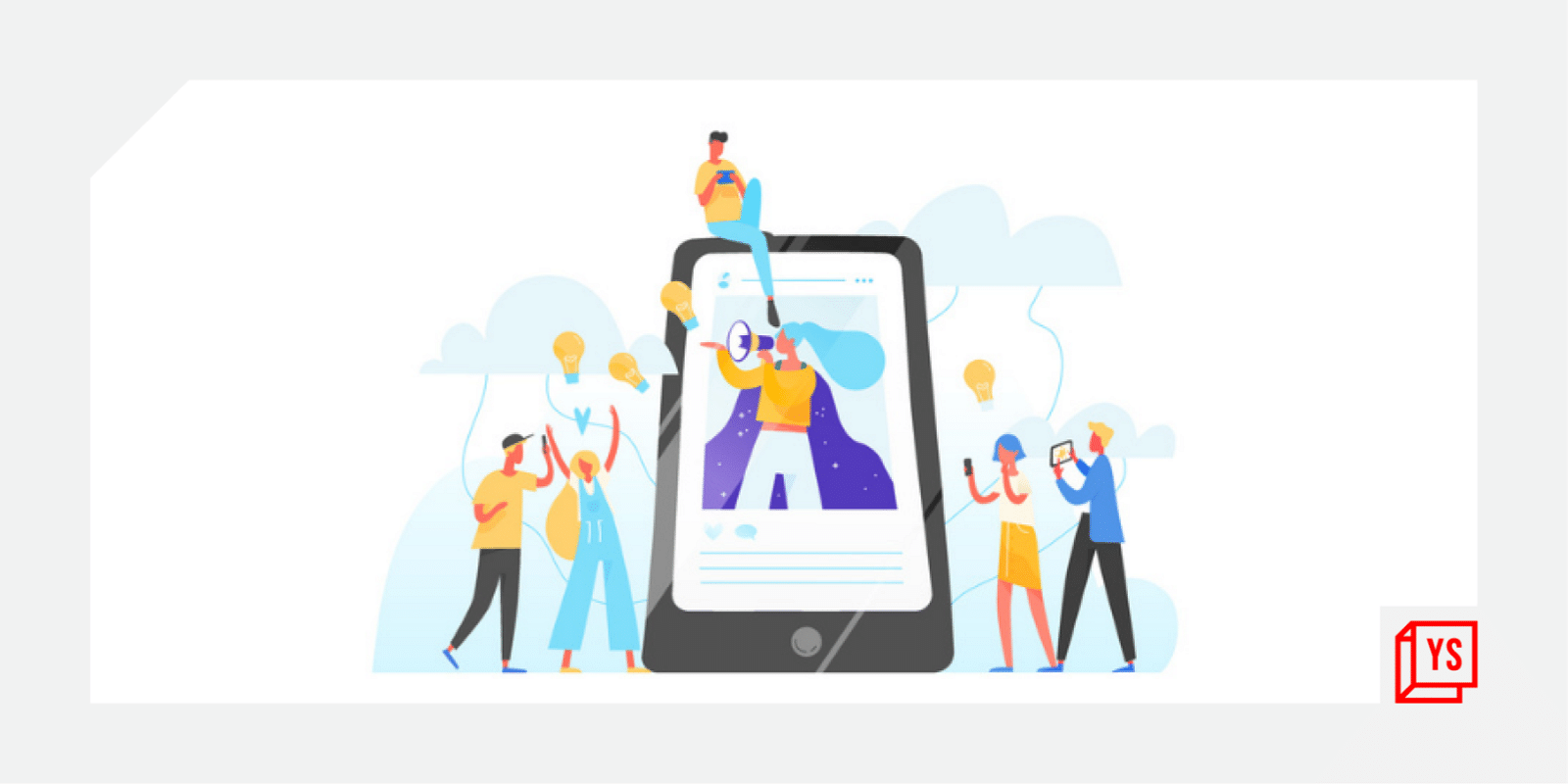In the midst of battles among brands, we can clearly hear the blowing horn of digital transformation on loop. Each day adds a significant development in the way brands reach out to their customers.
It’s no secret that we have become technology-bound and spend most of our time skimming through countless content pieces. More often than not, we stumble upon celebrities and known figures advocating brands to intrigue people like us.
Influencer marketing is no longer a gimmick and has redefined how we conceive marketing. Brands must raise a distinct tone of voice and amplify their messaging with the help of relevant influencers.
We have all shown interest in a brand at some point in our lives because a big name was associated with it. If leveraged to its full potential, influencer marketing can give a much-needed boost to your brand’s visibility and invite more people to buy your art, eat at your restaurant, or book a place to stay at your hotel through influencers who talk about your business.
The exponential rise in the number of influencers across categories means there is an endless options for allies. In addition, influencers across platforms have followers going from tiny to gigantic, which can work wonders for your brand.
Going big is not the approach you would want to take today when it comes to influencer marketing. Specifically, micro-influencers, with followers ranging from 10,000 to 100,000, are still unexplored and can give a brand an edge in the market.
Nevertheless, there are advantages and disadvantages associated with different influencer levels and can bring varying results for a brand. Hence, it is vital to assess the type of influencer you need for your brand based on the follower count.
Are you going with the big shots?
Most brands assume a long trail of zeroes in the follower count is all they need to meet their marketing goals. However, there are other factors you might want to look at.
Marketing budget
The zeroes in the follower count are not the only ones increasing. The bigger the follower count, the bigger the cost to work with these influencers. Going ahead with macro-influencers often leads brands to expend all of their influencer marketing budgets in one go.
Meanwhile, brands that tie up with micro-influencers can spend just enough to push a series of content pieces across demographics and enhance the brand’s reach.
Demand
Macro-influencers cater to large audiences and are often in high demand as brands gain from their huge follower count. The increased demand in proposals generally blocks the calendars of macro-influencers, which further requires brands to hurry their campaigns.
Credibility
With great popularity comes a queue of brands wanting to rope in macro-influencers. As macro-influencers continue associating with several brands, people begin losing trust in them.
Brands must thoroughly investigate the number of partnerships a macro-influencer has, and if they really believe in the brands they are associating with.
Are you going with small but impactful?
Brands count on micro-influencers for the close relationship they cherish with their followers. In addition, micro-influencers have more penetrative reach that can benefit a brand as it allows you to target a niche audience interested in your business. Before choosing an influencer, brands must contemplate the following factors:
Marketing budget
Given their followers, micro-influencers are economical and have a higher rate of success for brands. Micro-influencers put their heart and soul into brand partnerships to foster a strong relationship and create brand value with enhanced ROI.
Demand and credibility
The need for micro-influencers is lower than that of macro-influencers. They generally reach out to brands they relate with and offer to support them. This is one of the main reasons people resonate with micro-influencers and trust them with their content.
Interaction rate
Since the credibility rate of micro-influencers inclines towards the higher side, their influencers are more likely to interact with the content pieces by liking, sharing, and commenting.
Only the number of followers is no longer the only criterion to partner with an influencer, and brands have been quick to catch on. As we continue seeing new trends on social media, there will be a slew of influencer tactics to help brands identify their ideal influencers and take their messaging across markets in a trustworthy manner.
(Disclaimer: The views and opinions expressed in this article are those of the author and do not necessarily reflect the views of YourStory.)








![Read more about the article [Startup Bharat] This Kochi-based EV startup aims to bring stylised e-bikes to Indian roads](https://blog.digitalsevaa.com/wp-content/uploads/2022/02/VAAN-final-page-1643906359619-300x150.png)

